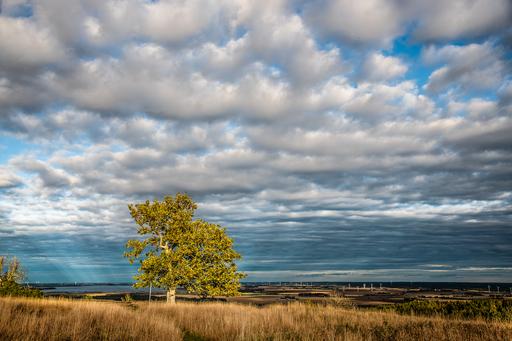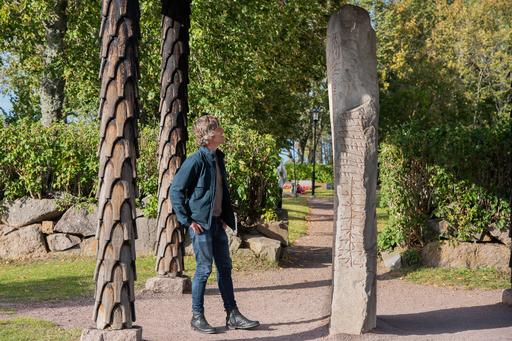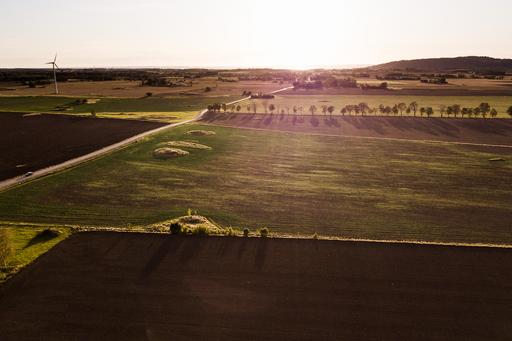
- Short description
- The project studies
- The ideological bias of previous research: Deconstructing the Rök – Ravenna connection (project study 1)
- The inscription’s intertextuality: Labyrinths of riddles (project study 2)
- The monument’s relations to its landscape: Reading runes by the roads (project study 3)
Rök runestone revisited
Short description
The Rök runestone in central middle Sweden is the most famous Viking Age runestone in the world. It is known for its long and enigmatic inscription, but maybe most of all for its supposed reference to the Gothic emperor Theodoric the Great. This project suggests a new interpretation.
The Rök runestone in central middle Sweden is the most famous Viking Age runestone in the world. It is known for its long and enigmatic inscription, but maybe most of all for its supposed reference to the Gothic emperor Theodoric the Great.
However, the Swedish scholar professor Bo Ralph showed in an article 2007 that the passage is more likely a riddle about the sunlight. In a later article, which presents a pilot study for this research project, I suggested how a riddle about the sunlight may fit into a new interpretation of the whole inscription (Holmberg 2016).
The research project Rök Runestone Revisited investigates how the old Theodoric interpretation could survive for so long and what ideas should now be rethought from the perspective of the new interpretation.
The project studies
The project examines three key analyses that may be necessary for understanding a runic inscription from early Viking Age:
• Analysis of ideological bias of previous research (study 1)
• Analysis of the inscription’s intertextuality (study 2)
• Analysis of the monument’s relations to its landscape (study 3)
The best summary of the new interpretation of the runestone is this:
Holmberg, Per 2021. Reading runes with the sun. A geosemiotic analysis of the Rök runestone. Multimodality and Society, 1(4), 455–473.


The ideological bias of previous research: Deconstructing the Rök – Ravenna connection (project study 1)
The first study of the project investigates how the idea of a reference to the Gothic emperor Theodoric the Great was established in the previous Rök runestone research. The analysis focuses on two scholars: Elias Wessén, Swedish professor in Scandinavian Languages, who in the middle of the twentieth century published what still counts as the standard interpretation of the Rök runestone inscription, and Otto Höfler, Austrian professor in the German Language and Folklore, who argued that the Theodoric of the Rök runestone appears as an object for Germanic cult of the leader. The analysis shows how Wessén’s interpretation can be understood as a part of the long and hard debate against Höfler. Wessén’s position is that we cannot know why Theodoric is mentioned in the inscription. Although this skeptical attitude has been efficient to prevent further nationalistic readings, it has made it more difficult to question that Theodoric is mentioned (cf. Holmberg forthcoming 2020)
Holmberg, Per (2020) Nation and race in the twentieth century scientific discourse on Viking Age runestones [Author Submitted Manuscript 2018]. In: E. Aussant & J.-M. Fortis (eds), History of Linguistics 2017. Selected papers from the 14th International Conference on the History of the Language Sciences (ICHoLS 14), Paris, 28 August–1 September. Amsterdam: John Benjamins.
The inscription’s intertextuality: Labyrinths of riddles (project study 2)
The aim of the second study is to examine how the Rök runestone inscription can be understood against the background of other early Old Norse texts. In the previous research tradition that supposed a connection to Theodoric and other now forgotten heroes, it has been natural to search for parallels in heroic narratives. If the inscription is composed of riddles, relevant parallels should be searched for in the enigmatic literature. The study shows that the inscription has a close relation to one text in this genre, the Eddic poem Vafþrúðnismál. The analysis distinguishes nine riddles in the Rök inscription. (The two lines with cross-ciphers are, versus Holmberg 2016, read as two separate riddles.) All riddles are analysed as concerning the sun, either directly or indirectly, and with one exception the stanzas of Vafþrúðnismál offer parallels. The choice of sun riddles for the inscription is explained with some events that occurred before the erection of the stone. A powerful solar storm with red skies, an extremely cold summer, and a solar eclipse could have raised fears of the sun losing its power (Holmberg, Gräslund, Sundqvist and Williams 2020).
Holmberg, Gräslund, Sundqvist & Williams 2020. The Rök runestone and the end of the world. Futhark. International Journal of Runic Studies 9/10.
The interpretation is developed with the suggestion that the riddles are carved for a reading at the autumn equinox when the new year was celebrated.
Holmberg, Per 2021. Rök runestone riddles revisited. Maal og Minne, 112(2) (2020), 37–55.
The monument’s relations to its landscape: Reading runes by the roads (project study 3)

The third study investigated the placement of the Rökstone. The analysis shows that the westward direction towards mount Omberg is a clue to the interpretation of the monument. It the stone was originally erected with its highest peak pointing west; the movements of the sun have interacted with the reading and interpretation of the inscription. This explains for example why the high narrow side is inscribed with runes from the top and downwards: this line is – facing west – a riddle about the sunset. Not only humans travel the road to the west, also the heavenly bodies move west, like the dead on their way to Valhalla.
Holmberg, Per 2021. Reading runes with the sun. A geosemiotic analysis of the Rök runestone. Multimodality and Society, 1(4), 455–473. (An amendment: Henrik Williams has pointed out 2022-03-23 that the only verb in a sun riddle on the narrow side could be þyrja, meaning ‘fly forward’.)
Two riddles on the second broadside of the stone mention twenty kings. This passage has been taken to be even more incomprehensible than other. In an analysis of possible connections between different parts of the inscription it is suggested that these two riddles are star riddles. If the inscription mainly speaks about the movements of the sun, the answers to these two riddles may have been the stars that followed the path of the sun at the night of the autumn equinox.
Holmberg, Per 2022. Watching Star Wars with Viking Age Subtitles. An analysis of cohesion and coherence in the Rök runestone inscription. Arkiv för Nordisk Filologi, 137, 5–31.




